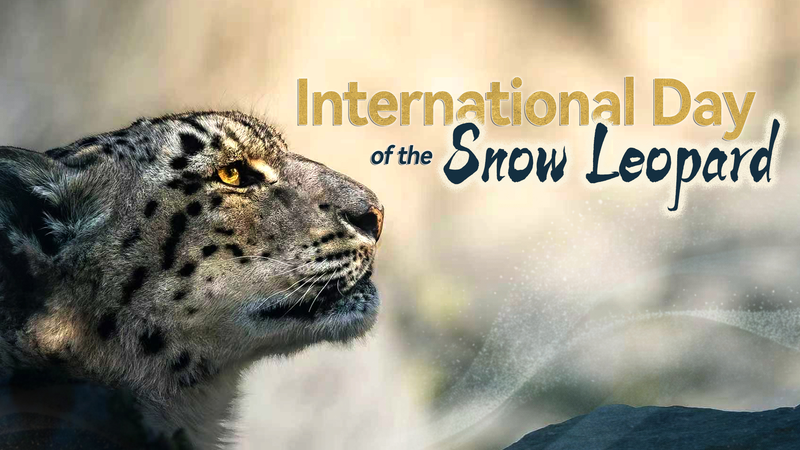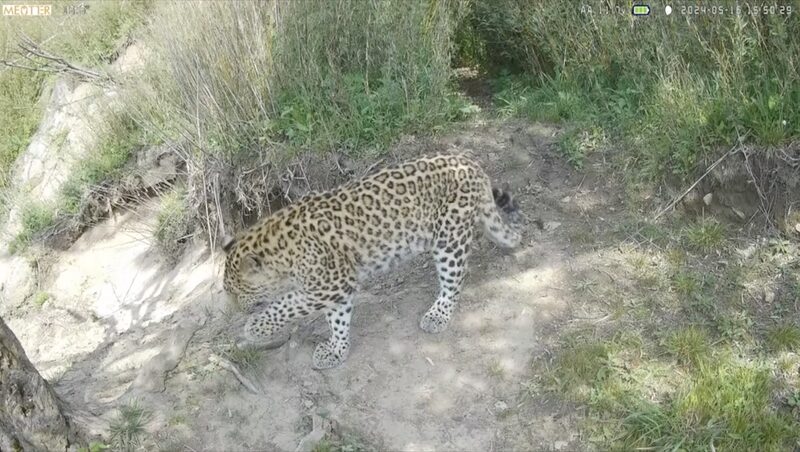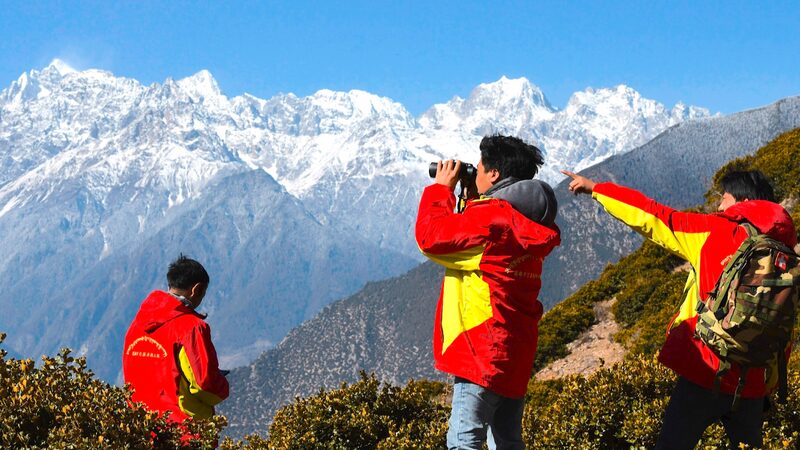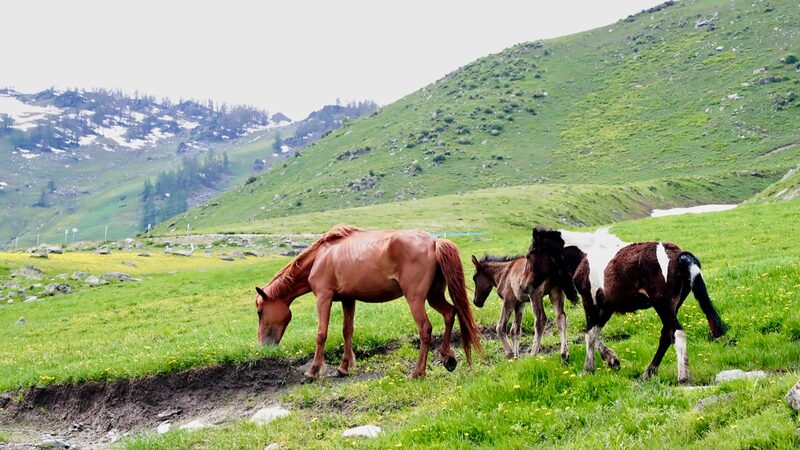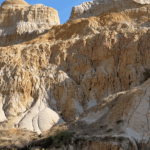As the sun rises over Asia's rugged mountain ranges, a silent guardian watches from the cliffs – the elusive snow leopard. October 23 marks International Snow Leopard Day, spotlighting global conservation efforts for this iconic species and its fragile high-altitude ecosystems.
Known as the 'ghost of the mountains,' these big cats thrive in some of Earth's most extreme environments, from the Himalayas to the Altai ranges. Their spotted coats provide perfect camouflage in rocky terrain, while their powerful limbs enable leaps up to 15 meters across chasms.
Ecological Keystones at Risk
As apex predators, snow leopards maintain balance in mountain ecosystems that provide water to nearly 2 billion people across Asia. However, climate change and habitat fragmentation have reduced their population to an estimated 4,000-6,500 individuals in the wild.
Conservationists emphasize the economic implications of protecting these cats. 'Healthy snow leopard habitats mean stable water systems and thriving ecotourism opportunities,' explains Dr. Anika Patel, a wildlife biologist working in the Indian Himalayas.
Cross-Border Conservation
Twelve Asian countries recently renewed commitments under the Global Snow Leopard Ecosystem Protection Program, combining satellite tracking, community education, and sustainable development initiatives. In Mongolia's Gobi Desert, herders now use predator-proof corrals, reducing human-wildlife conflict by 60% since 2018.
For travelers and researchers, improved tracking technologies offer new opportunities to study these enigmatic cats without disturbance. Meanwhile, diaspora communities help preserve cultural connections through traditional conservation practices documented in Himalayan folklore.
Reference(s):
Snow Leopard Day: Keeping the 'ghost of the mountains' alive
cgtn.com
